Made in London dives into the city’s rich collection of 21st-century factories
Made in London is a photographic journey through the capital’s surprisingly rich and diverse manufacturing scene, capturing everything from aircraft interiors to cardboard boxes, and everything in between
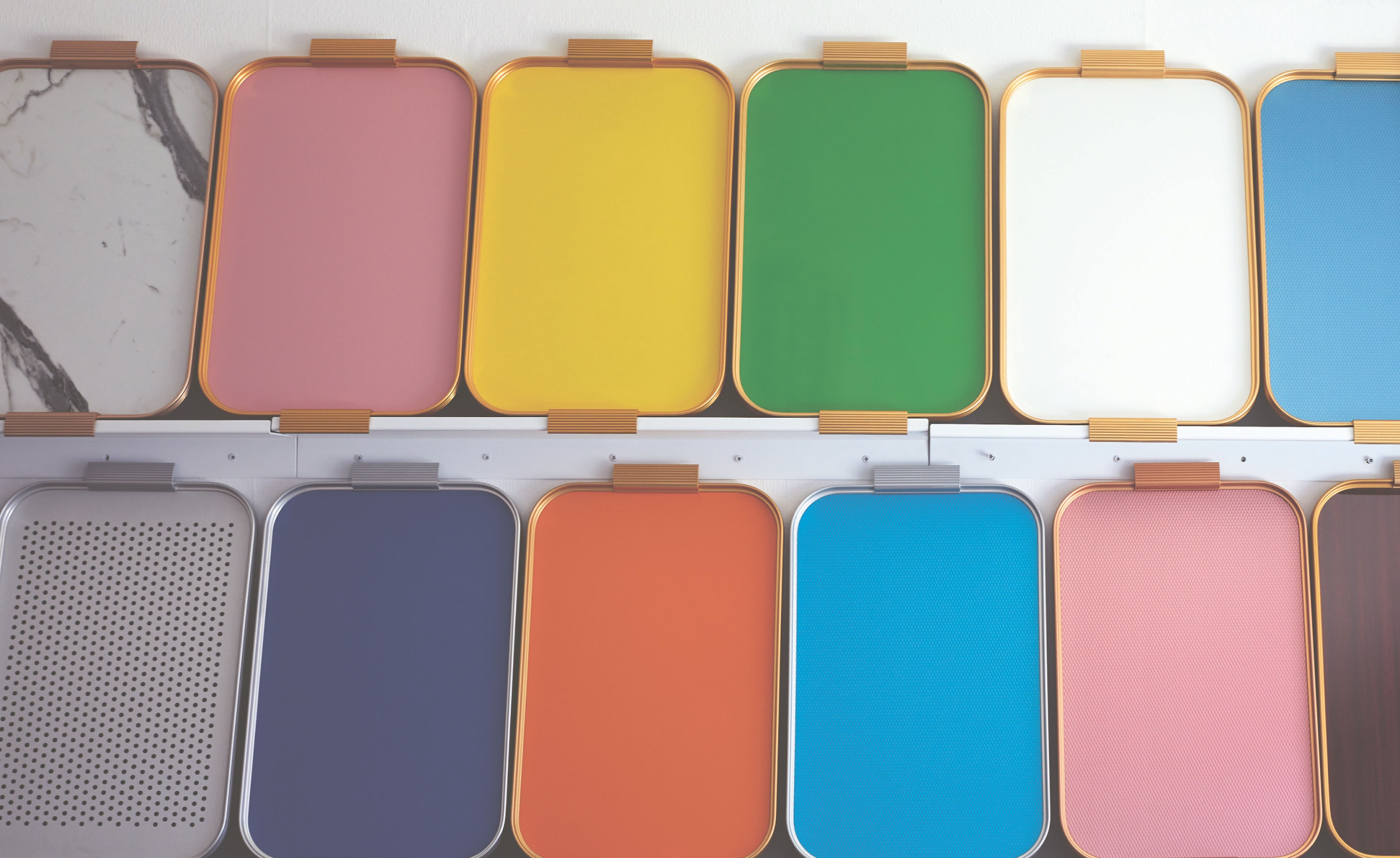
Carmel King - Photography
Made in London is a photo essay that will confound urban pessimists. The subject of this design book is London’s manufacturing scene, not 50 or 100 years in the past, but now, in the present day. Shot by photographer Carmel King, with an introduction by Mark Brearley and texts by regular Wallpaper* contributor Clare Dowdy, Made in London travels the length and breadth of the capital to find makers big and small from a rich diversity of industries. Brearley – professor of urbanism at London Metropolitan University and a former head of design for London at the GLA – is also owner of Kaymet, a south London manufacturer of spare and simple aluminium trays and trolleys.
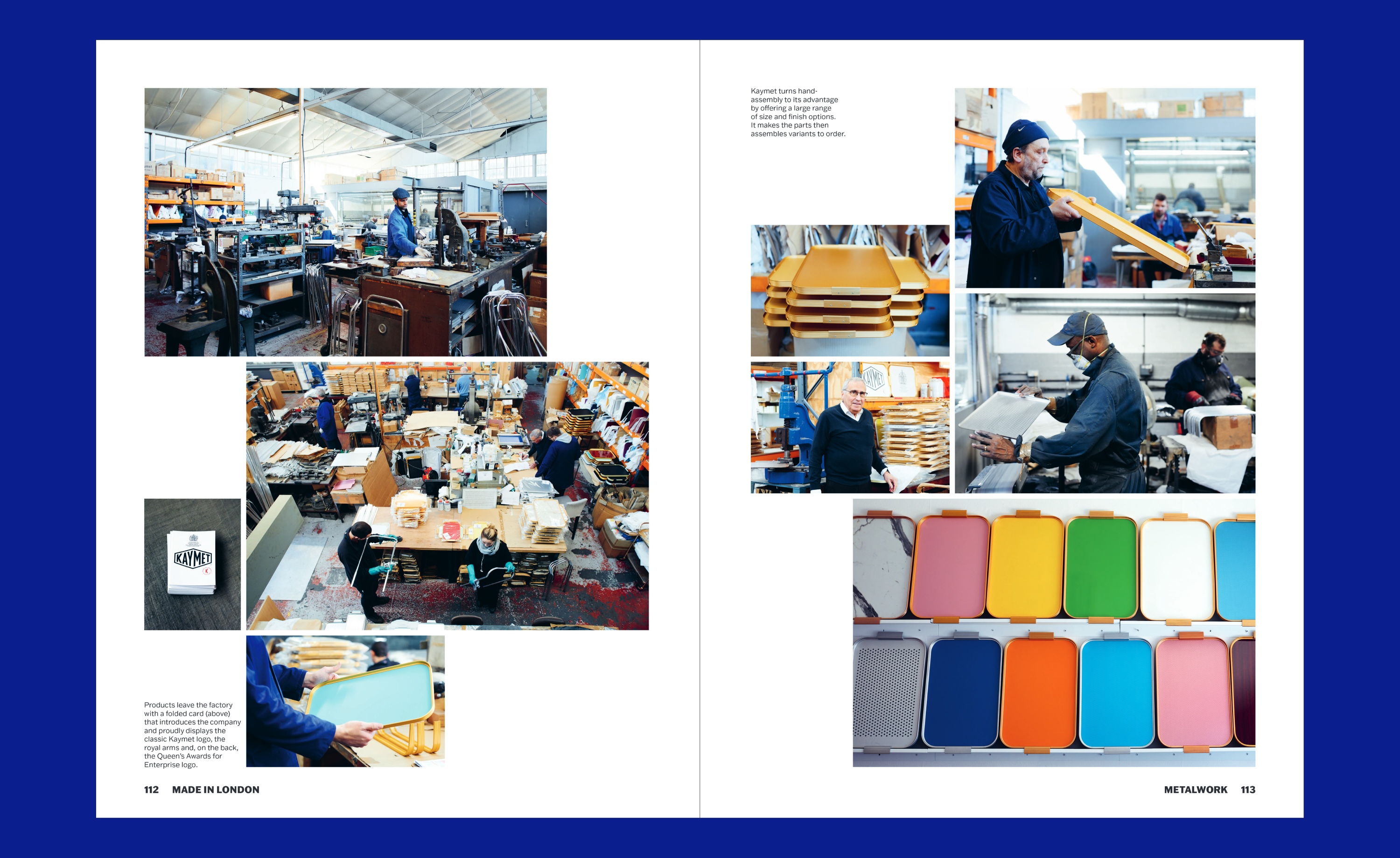
Kaymet has made aluminium trays in south London since 1947.
It’s this kind of niche business that still excels, whether it’s making paint tins for Farrow & Ball, crafting glass eyes for the NHS, meticulously shaping ballet shoes, growing salad, or brewing beer.
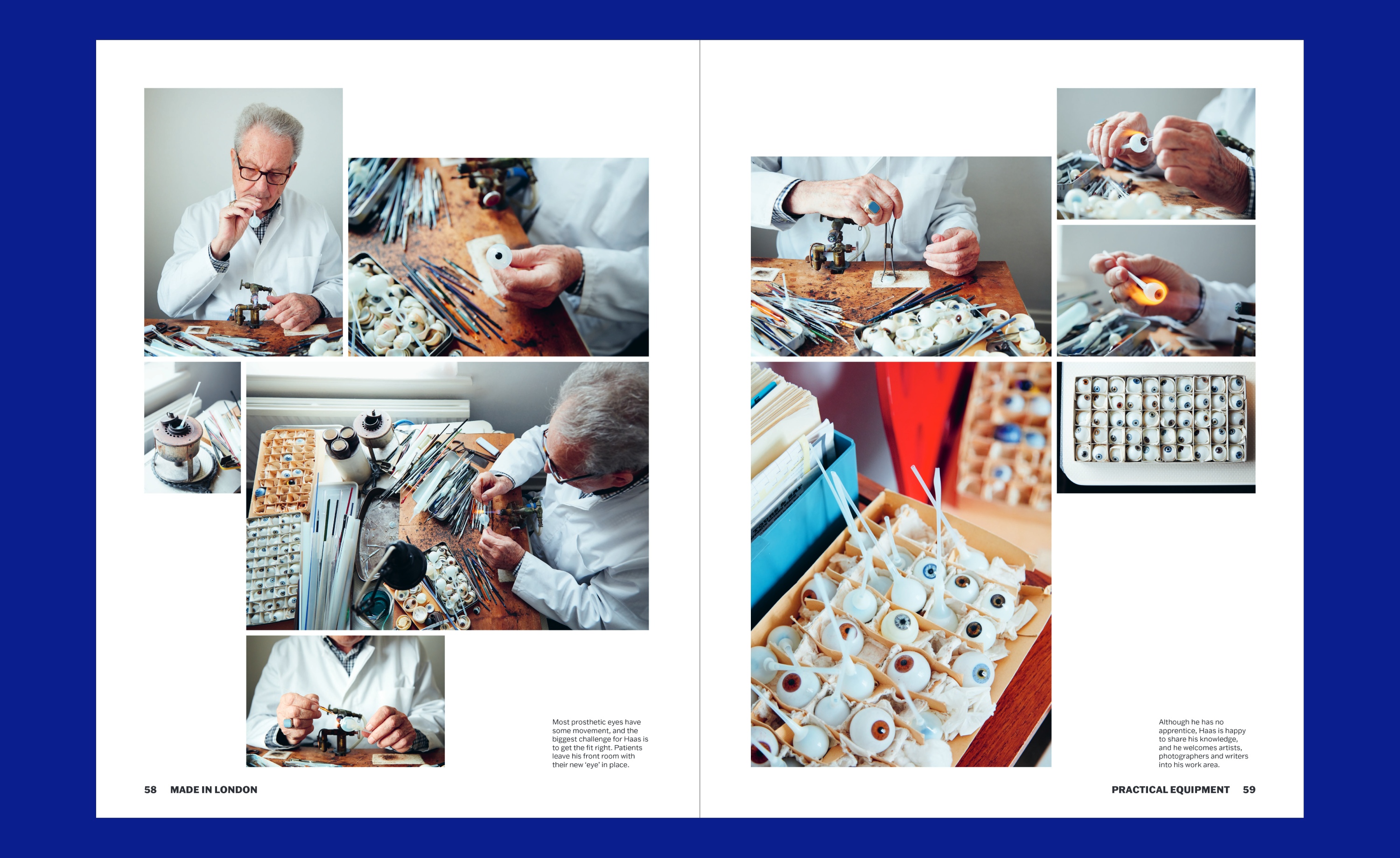
Jost Haas handmakes glass eyes in his front room in Mill Hill.
Although the capital is visibly scarred by the remnants of former industry, both heavy and light, pockets of manufacturing still exist.
The book contains 50 businesses in all, ranging from tiny cottage industries like Jost Haas’s glass eye workshop in Mill Hill to the thriving Brompton factory in Greenford, which makes 75,000 folding bicycles every year.
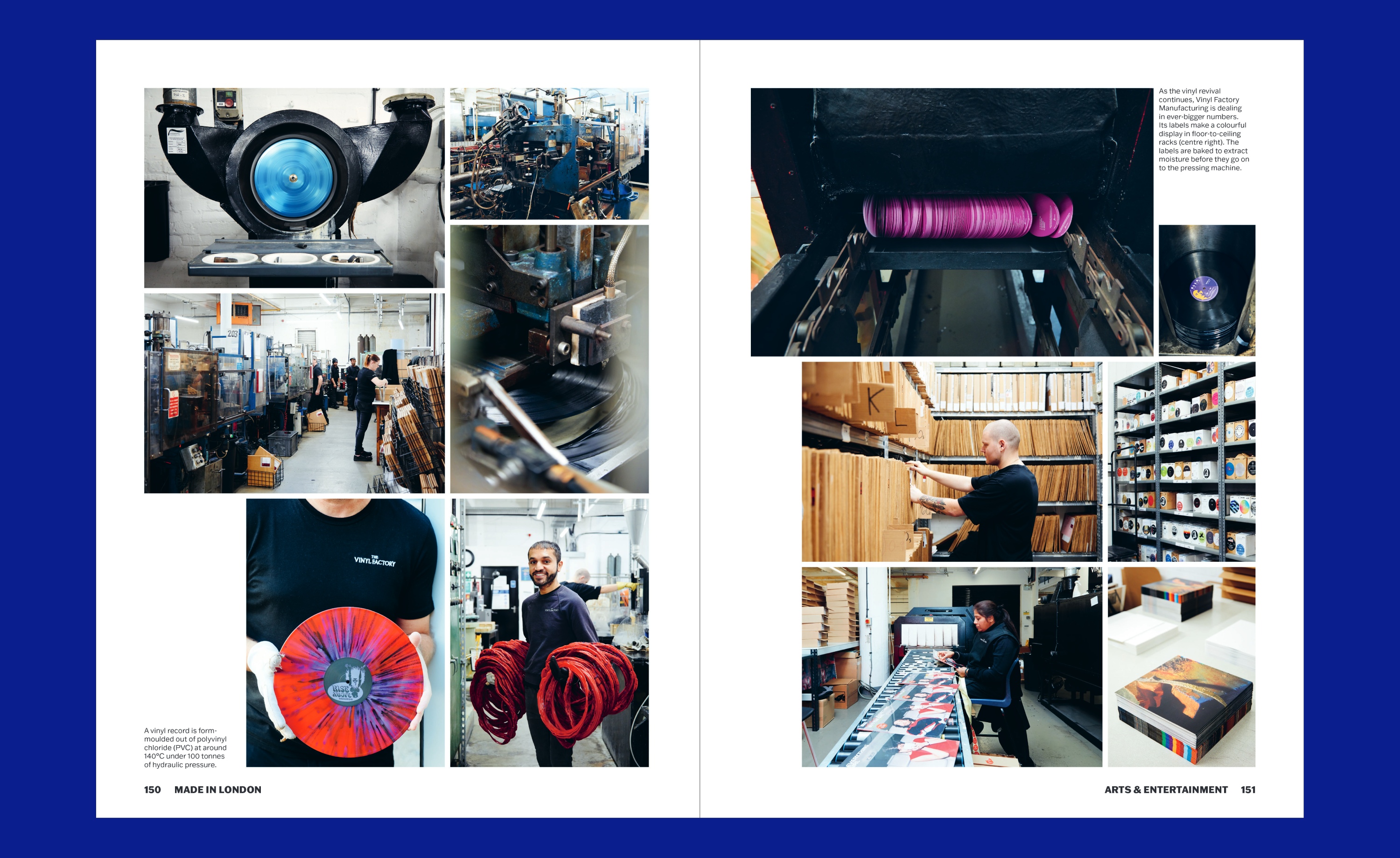
The Vinyl Factory in Hayes has benefited from the boom in record collecting.
Brearley notes in his introduction that London’s 32 boroughs contain around 4,000 different manufacturers, so this book is necessarily a very small sliver of what’s out there.
As you might expect, there’s a concentrated dose of high-end luxury, in the shape of tailoring, taps, fine stone, hand-printed wallpaper and art glass. But there are also everyday items like tin cans, wire, paint, and even treacle, the last produced at Tate & Lyle’s massive 50-acre site in Silvertown, which makes half of all sugar sold in British shops.
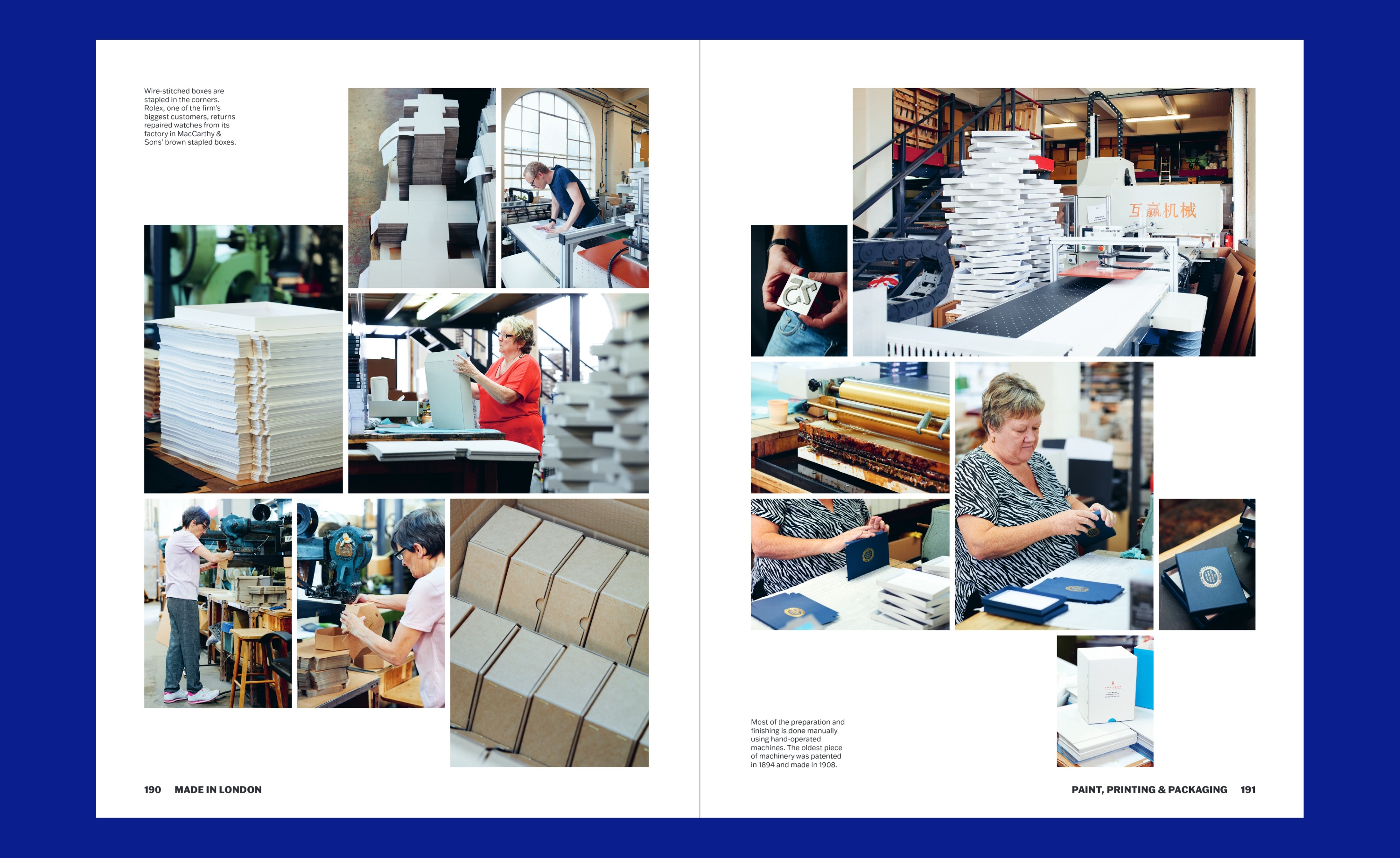
W MacCarthy & Sons is a fifth-generation family business making high-end packaging.
Often, these case studies are tales of perseverance against the odds. Changing tastes, changing demographics, and – most crucial of all – the ever-escalating cost of London real estate, have conspired against all but the hardiest small business.
Wallpaper* Newsletter
Receive our daily digest of inspiration, escapism and design stories from around the world direct to your inbox.
The survival of these 50 firms, and the diversity of their output, is testament to the shifting focus of modern manufacturing, and the ongoing importance of industry to the life of a major city.
INFORMATION
Made in London: From Workshops to Factories by Carmel King and Mark Brearley with additional texts by Clare Dowdy
£40, Merrell Publishers, MerrellPublishers.com
Jonathan Bell has written for Wallpaper* magazine since 1999, covering everything from architecture and transport design to books, tech and graphic design. He is now the magazine’s Transport and Technology Editor. Jonathan has written and edited 15 books, including Concept Car Design, 21st Century House, and The New Modern House. He is also the host of Wallpaper’s first podcast.
-
 Warp Records announces its first event in over a decade at the Barbican
Warp Records announces its first event in over a decade at the Barbican‘A Warp Happening,' landing 14 June, is guaranteed to be an epic day out
By Tianna Williams
-
 Cure your ‘beauty burnout’ with Kindred Black’s artisanal glassware
Cure your ‘beauty burnout’ with Kindred Black’s artisanal glasswareDoes a cure for ‘beauty burnout’ lie in bespoke design? The founders of Kindred Black think so. Here, they talk Wallpaper* through the brand’s latest made-to-order venture
By India Birgitta Jarvis
-
 The UK AIDS Memorial Quilt will be shown at Tate Modern
The UK AIDS Memorial Quilt will be shown at Tate ModernThe 42-panel quilt, which commemorates those affected by HIV and AIDS, will be displayed in Tate Modern’s Turbine Hall in June 2025
By Anna Solomon
-
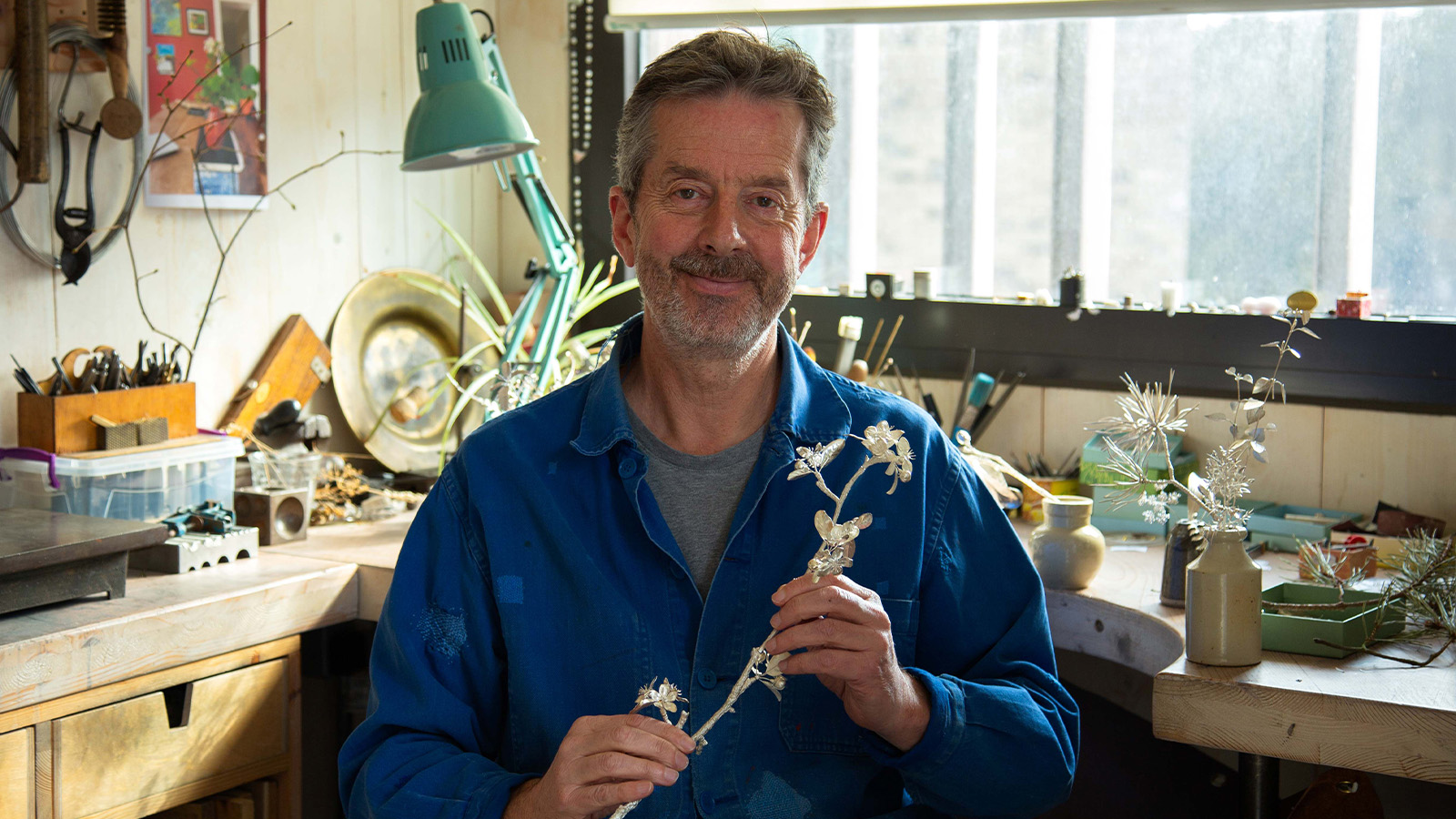 Nature sets the pace for Alex Monroe’s first sculpture exhibition
Nature sets the pace for Alex Monroe’s first sculpture exhibitionThe British designer hops from jewellery to sculpture for his new exhibition at the Garden Museum, London. Here, he tells us why nature should be at the forefront of design
By Tianna Williams
-
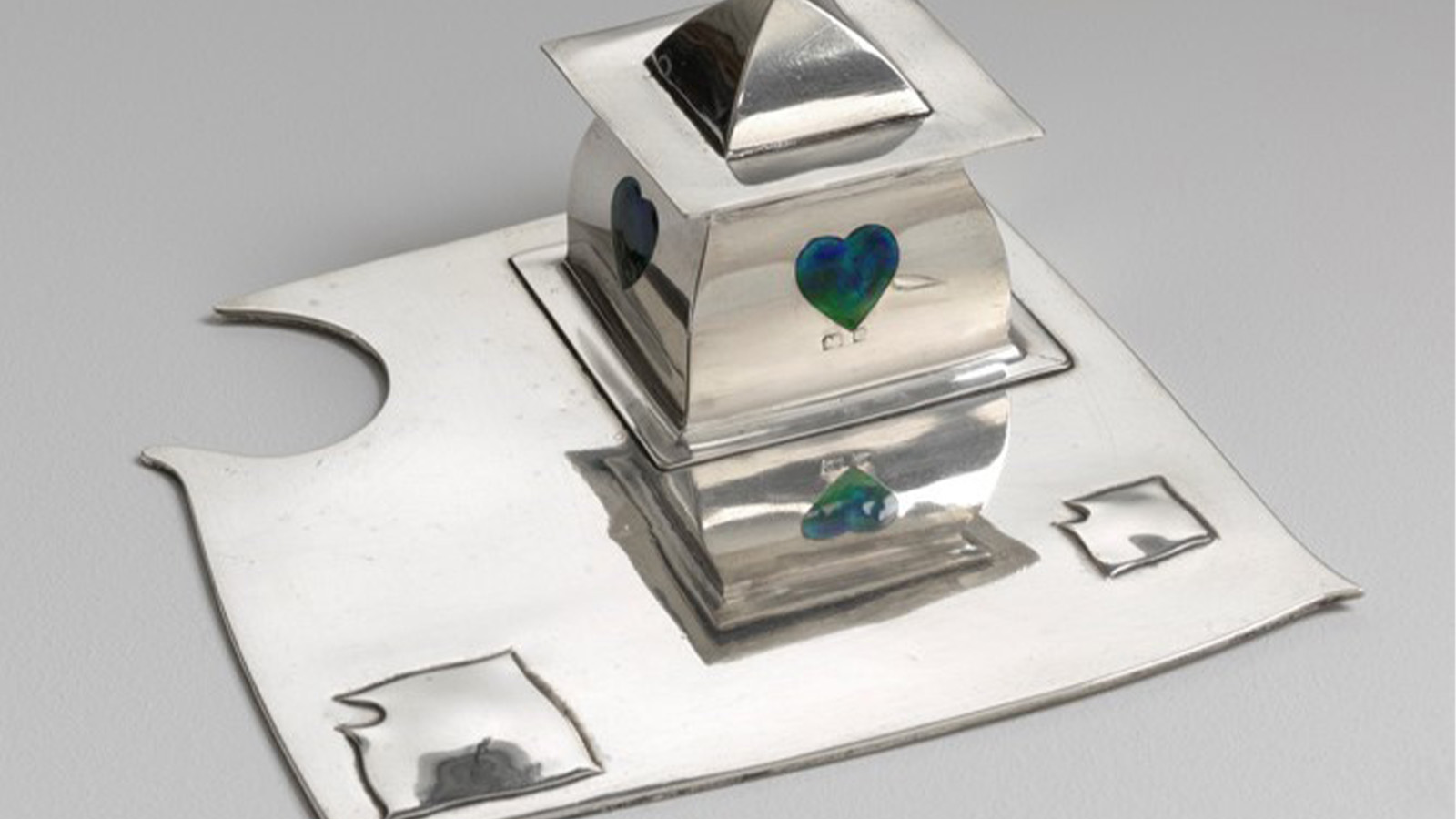 On the Isle of Man, the secret history of designer Archibald Knox is revealed
On the Isle of Man, the secret history of designer Archibald Knox is revealedThe mysterious life and works of local designer Archibald Knox is celebrated in a retrospective at Manx Museum, spanning silverware, furniture, clocks and more
By Emma O'Kelly
-
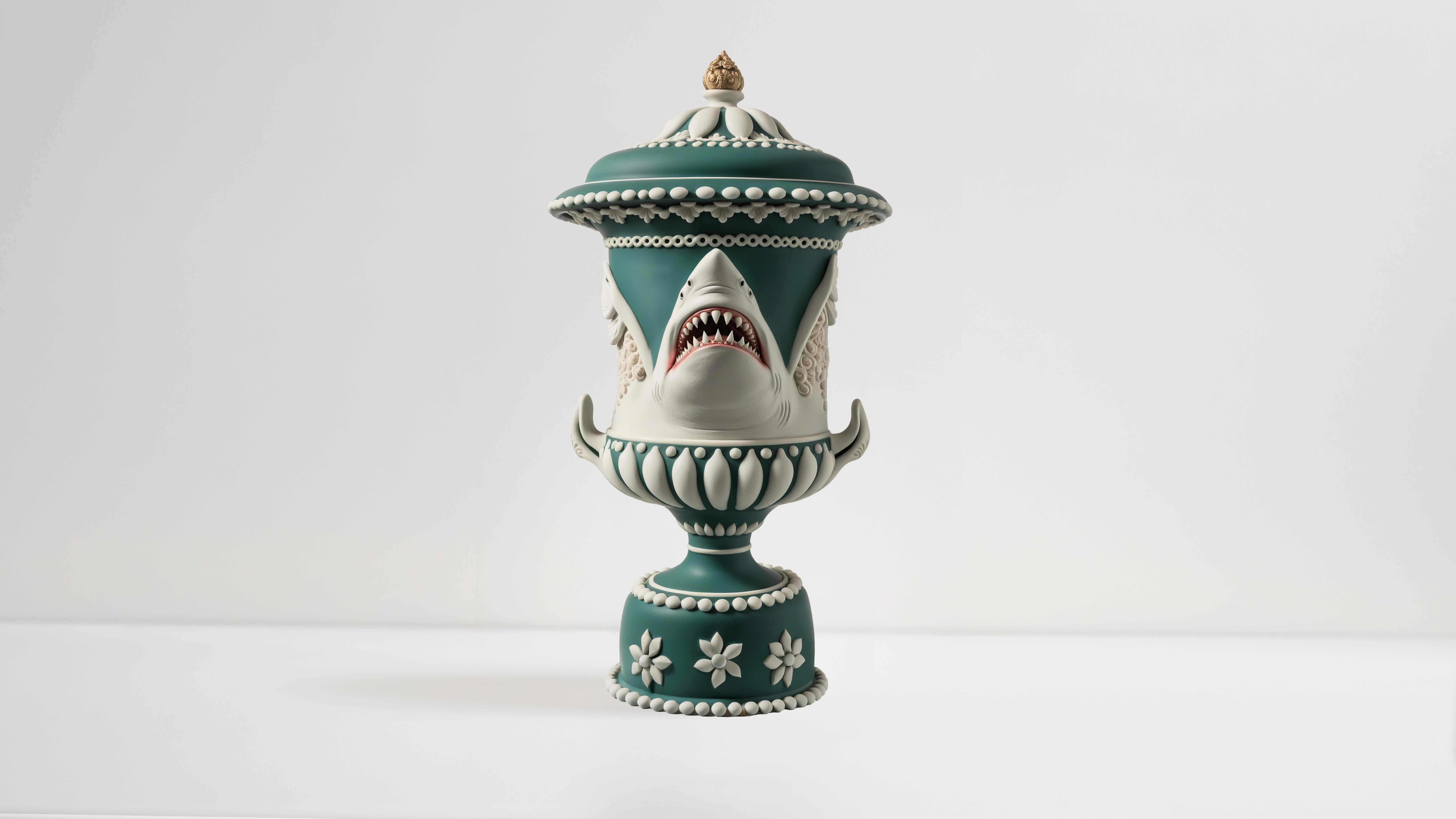 Wedgwood’s AI tool lets the public reimagine Jasperware for its 250th anniversary
Wedgwood’s AI tool lets the public reimagine Jasperware for its 250th anniversaryTo celebrate 250 years of Jasperware, Wedgwood debuts an AI tool that opens up the design process to the public for the first time
By Ali Morris
-
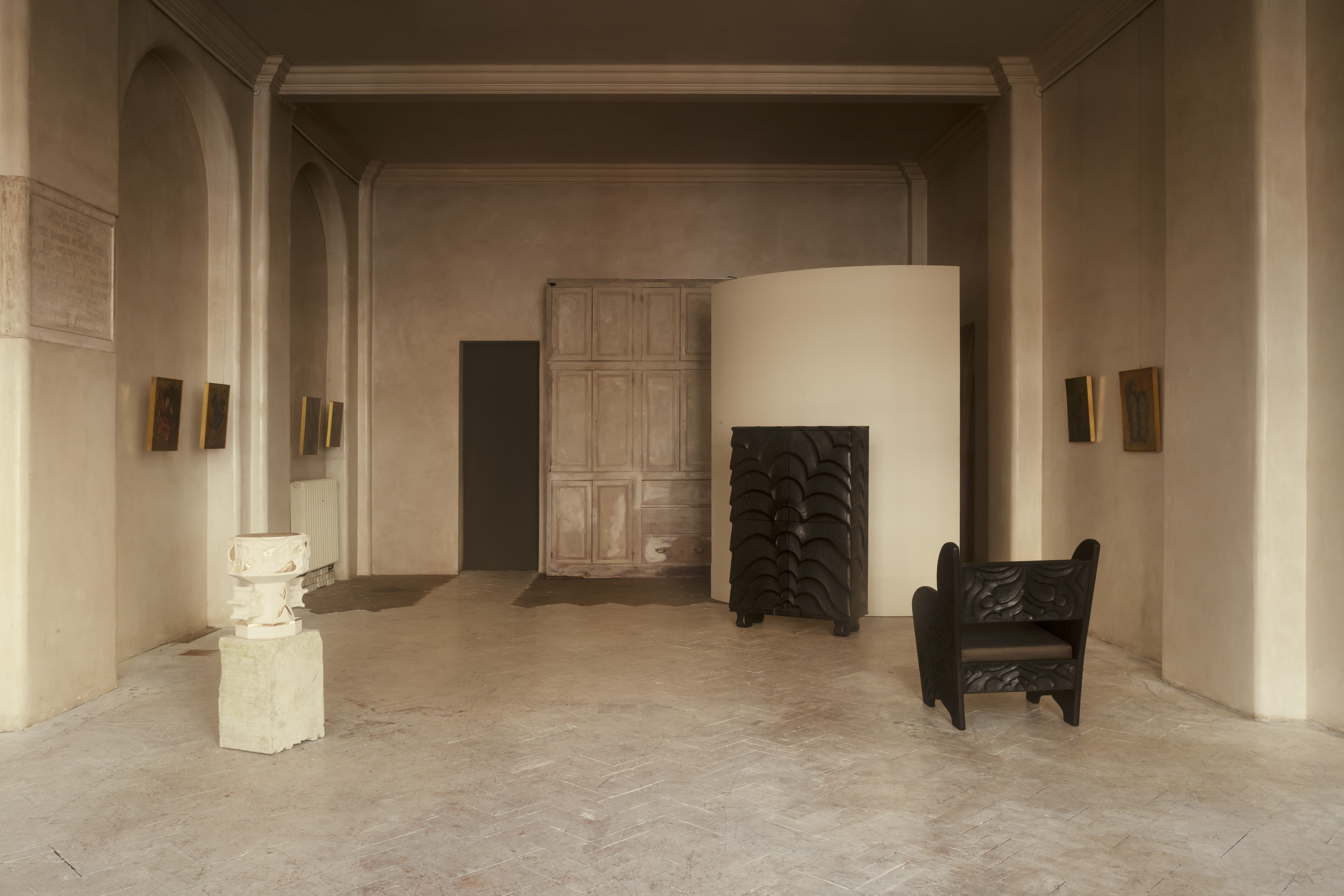 A new London show explores material magic with medieval melancholy
A new London show explores material magic with medieval melancholyInspired by deconsecrated monasteries, interior designer and curator Jermaine Gallacher takes us on a journey through time and mood in a London exhibition at The Ragged School
By Billie Muraben
-
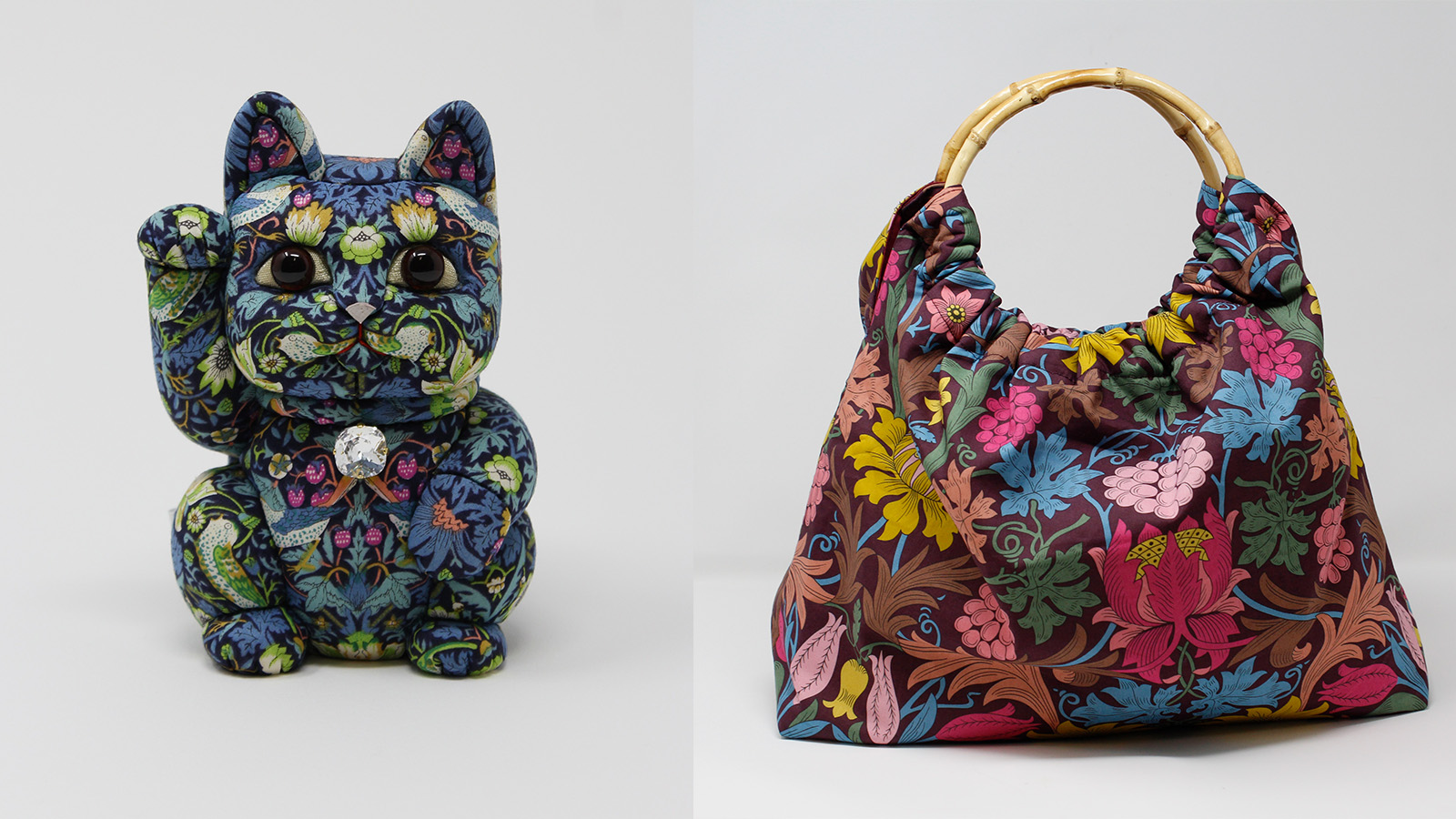 William Morris mania meets the design industry’s darker side in a new London show
William Morris mania meets the design industry’s darker side in a new London show‘Morris Mania’ at the William Morris Gallery explores the British designer’s complicated legacy in an ever-more commodified world
By Tianna Williams
-
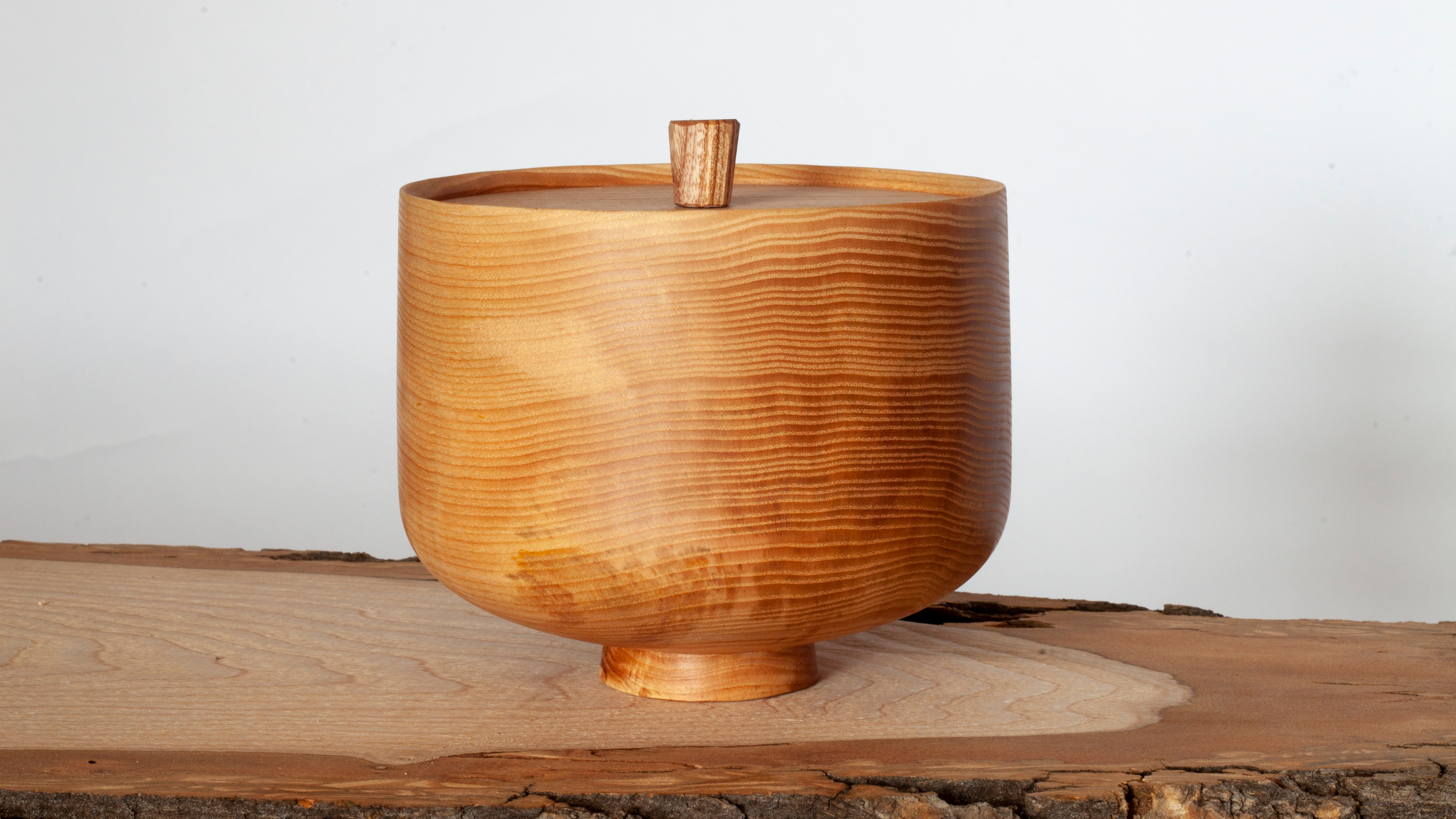 Reimagining remembrance: Urn Studios introduces artistic urns to the UK
Reimagining remembrance: Urn Studios introduces artistic urns to the UKBridging the gap between art and memory, Urn Studios offers contemporary, handcrafted funeral urns designed to be proudly displayed
By Ali Morris
-
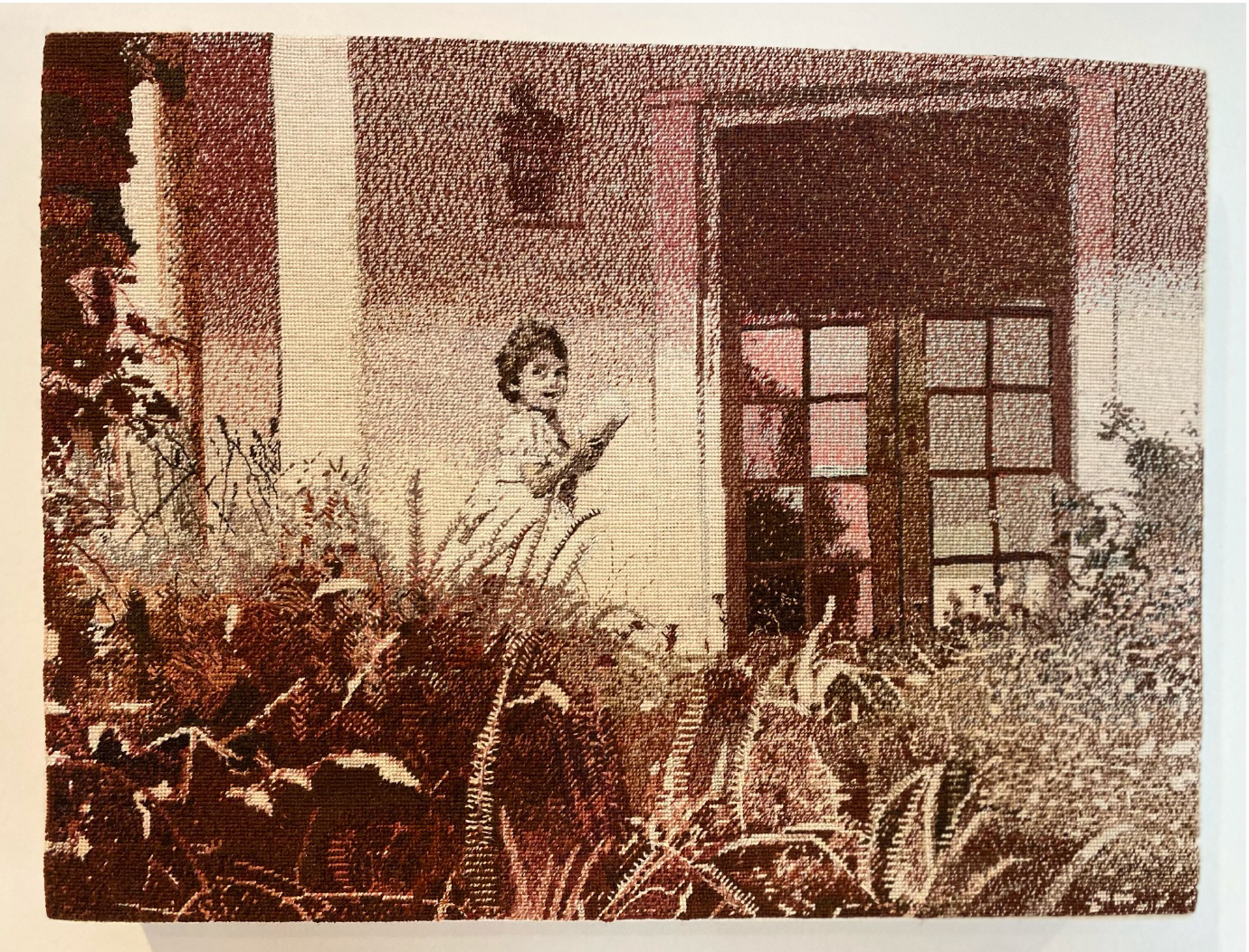 Wallpaper* takes a turn around Somerset House for Collect 2025
Wallpaper* takes a turn around Somerset House for Collect 2025Our round-up of the highlights from the 21st edition of the collectible craft and design fair in London
By Malaika Byng
-
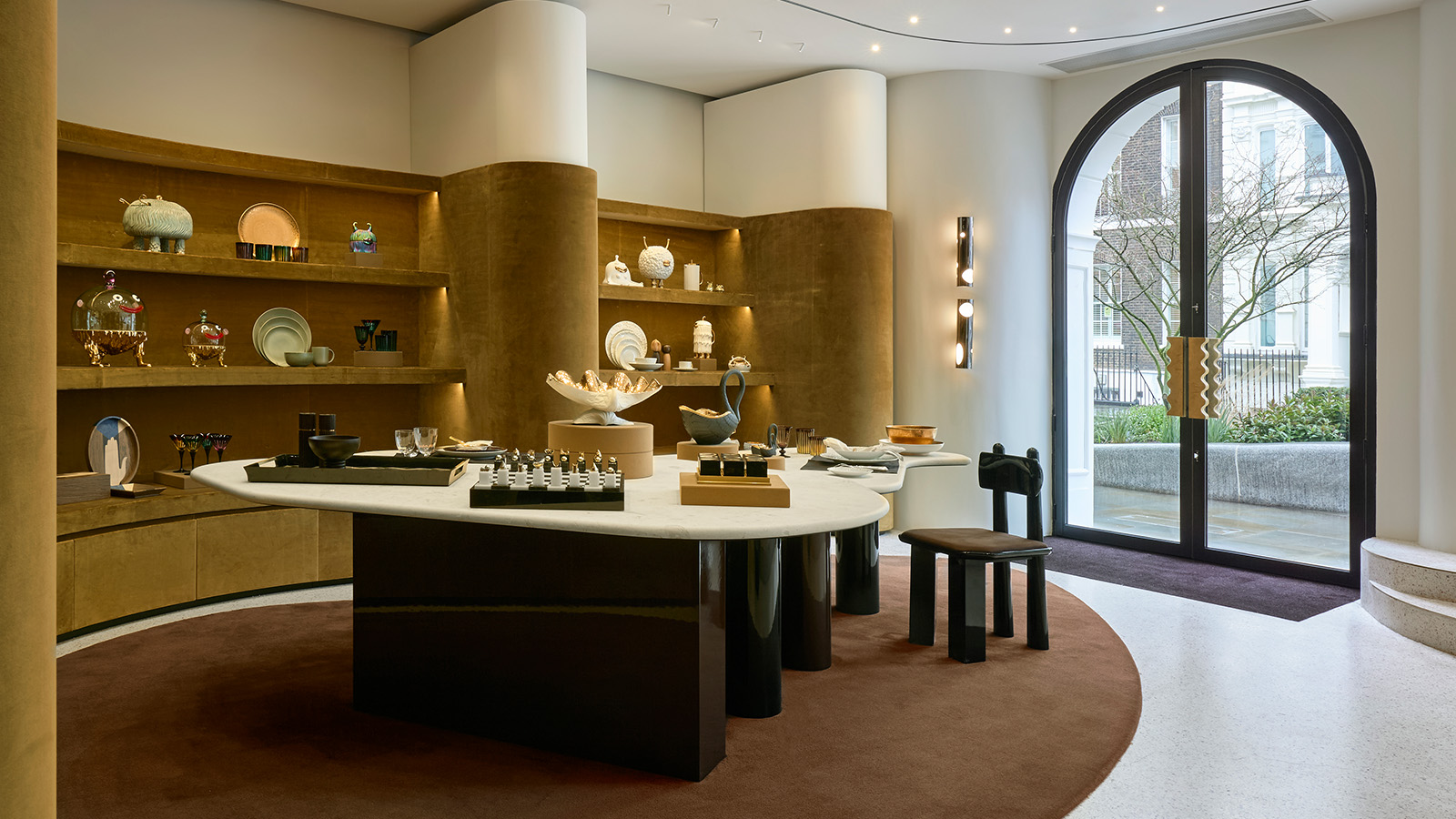 ‘It’s a museum-like jewel box’: L’Objet marks 20 years of elegant design with a new London flagship
‘It’s a museum-like jewel box’: L’Objet marks 20 years of elegant design with a new London flagshipOpening on 12 March 2025, L’Objet’s new London boutique is rich in chocolate colours and velvet detailing
By Tianna Williams